Commissioned by Le Monde to document the agroecology sector in Northern Vietnam.
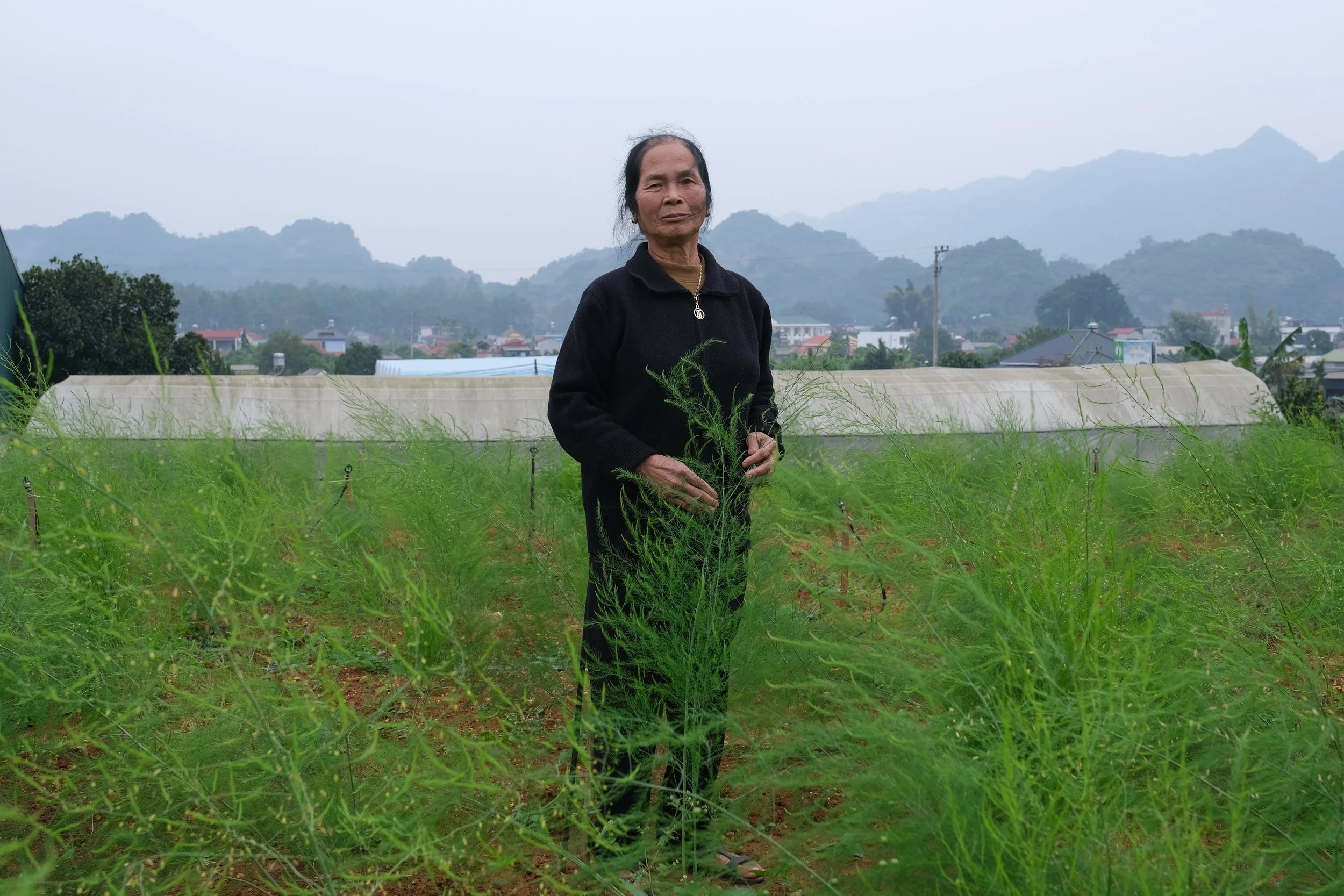
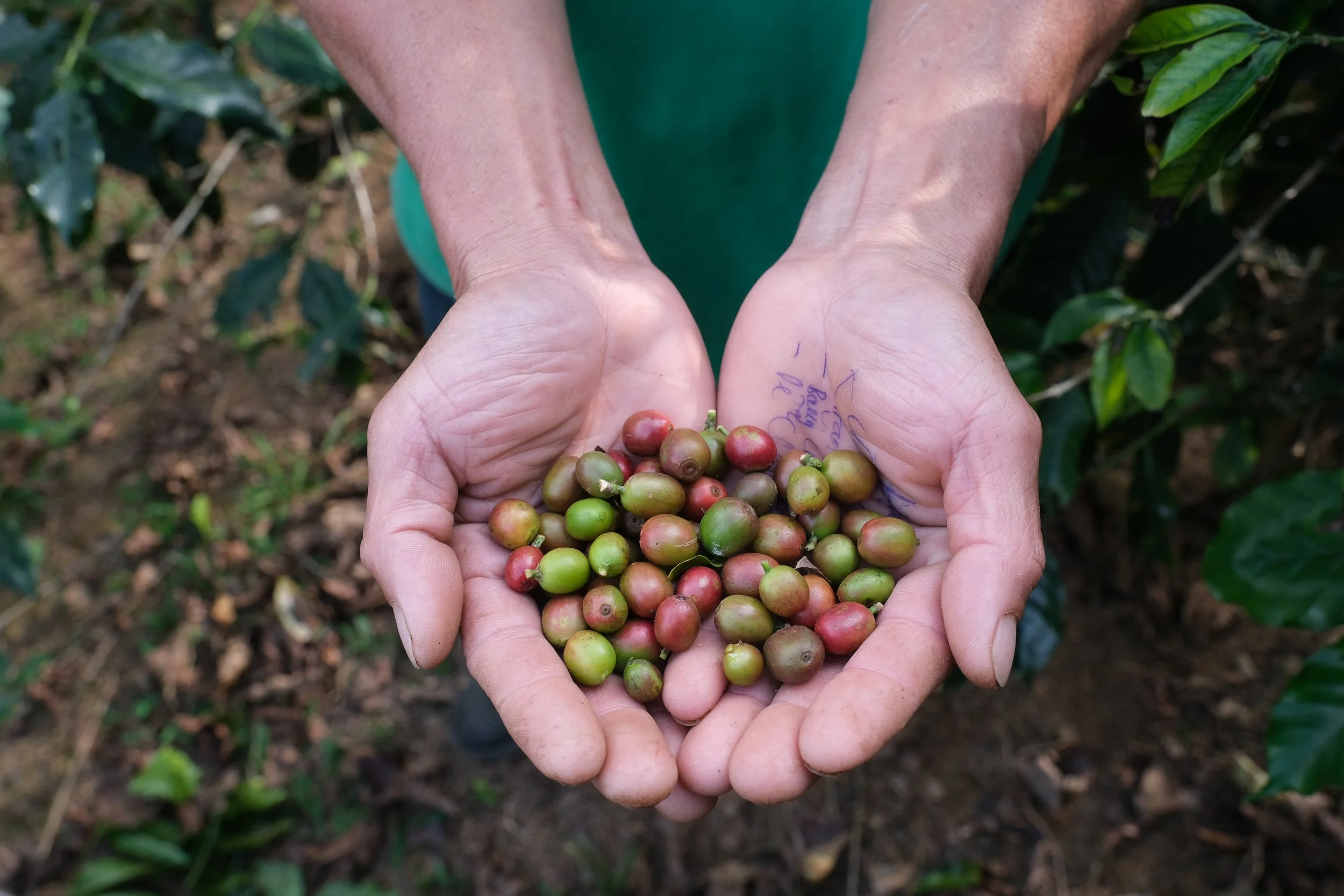
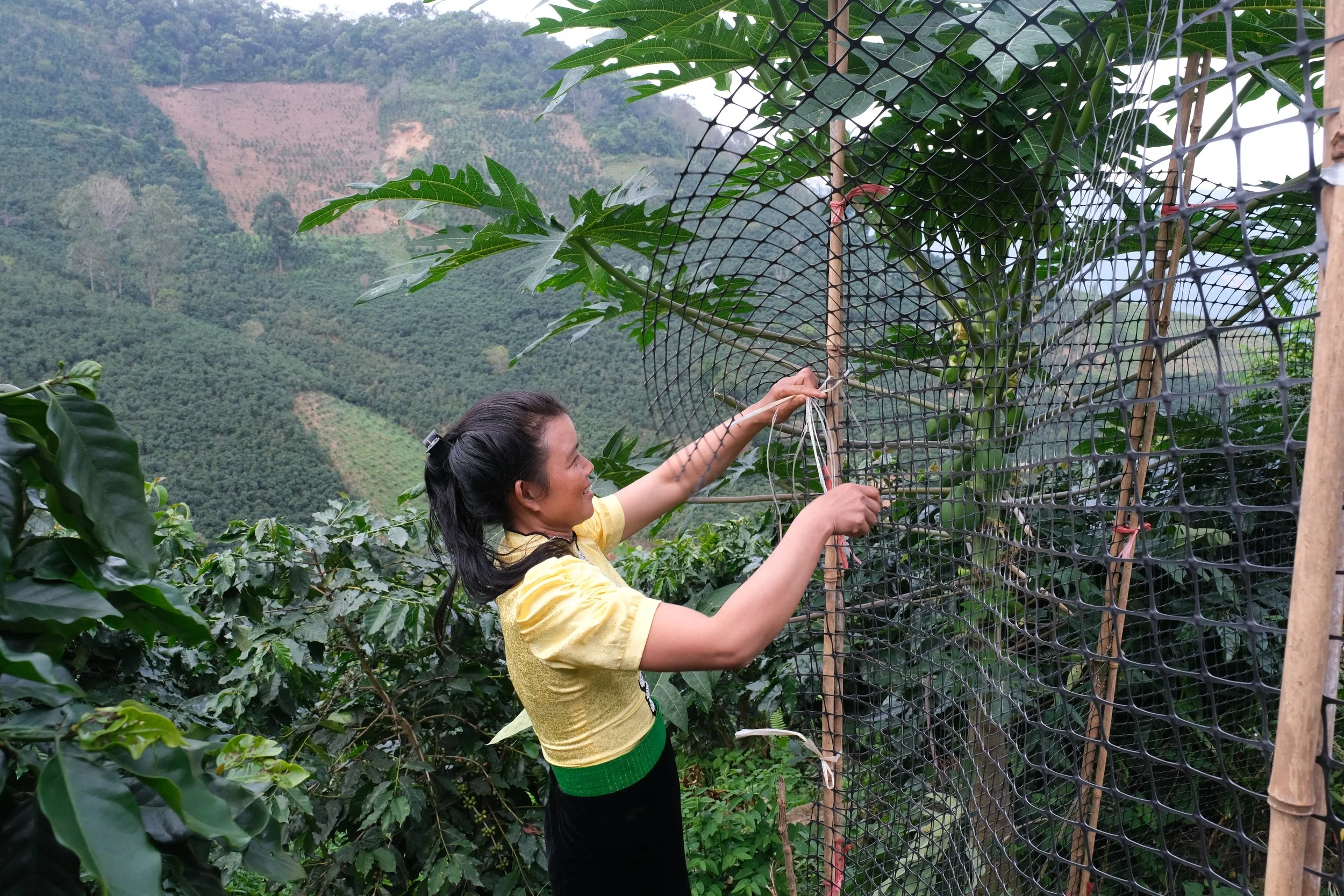
Commissioned by The Times to photograph Oanh, a young woman who was lured by a friend and forced to work in a Cambodian scam factory run by the Chinese mafia when she was 15.
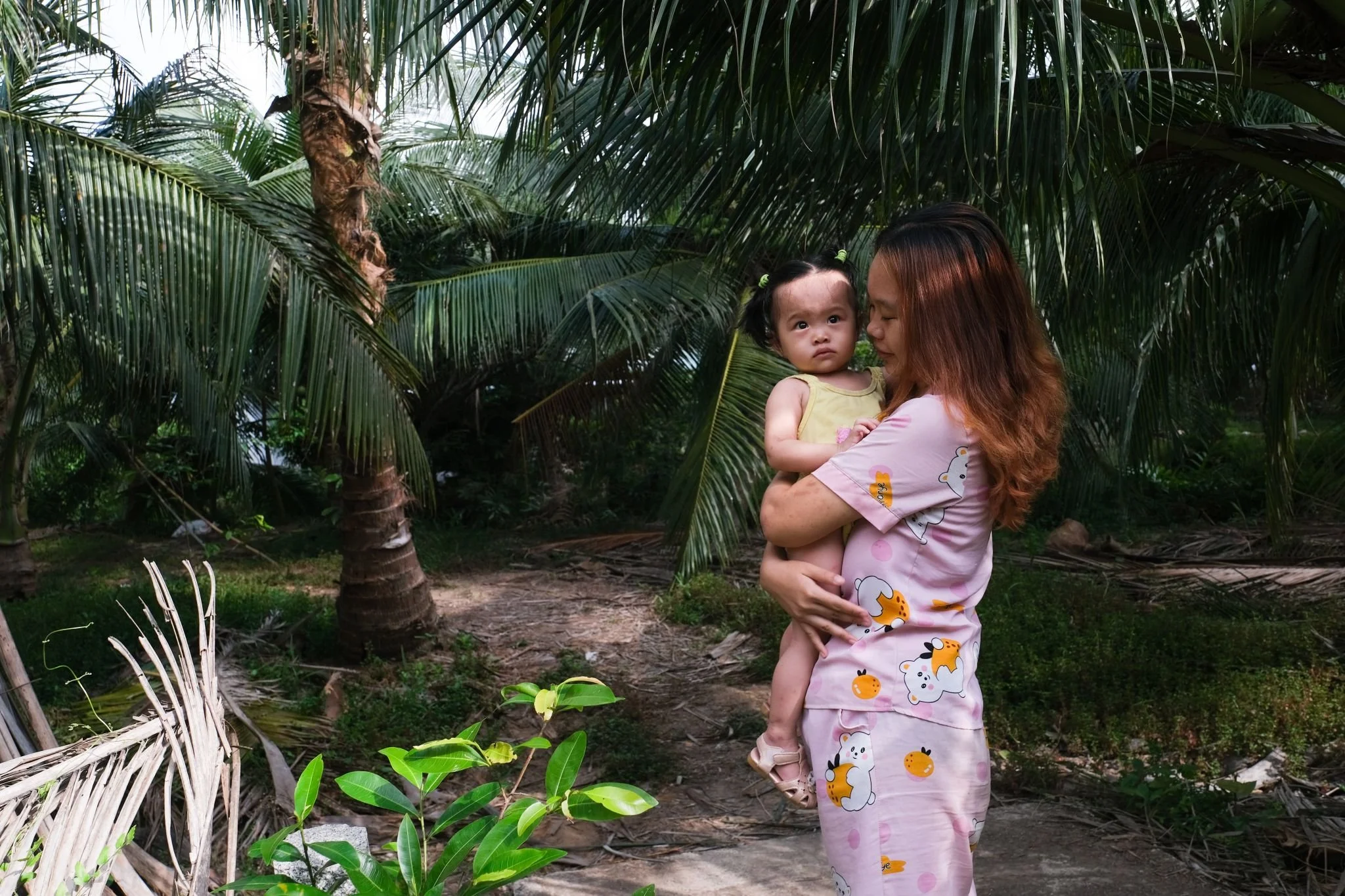


Commissioned by the Associated Press to document a story for the Human World for Animals (formerly known as Human Society) on the rescue of 16 dogs from a slaughterhouse in Vietnam.
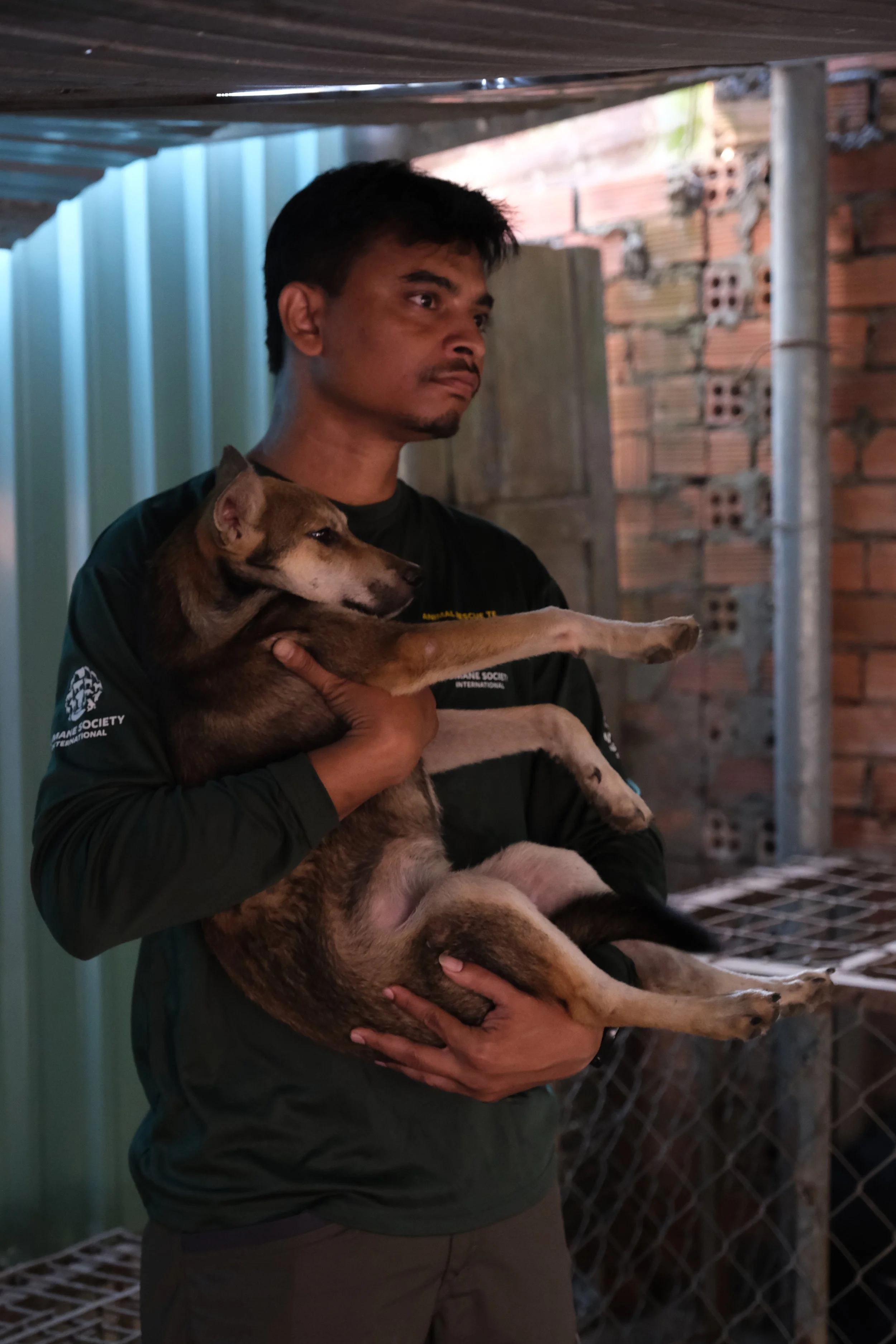
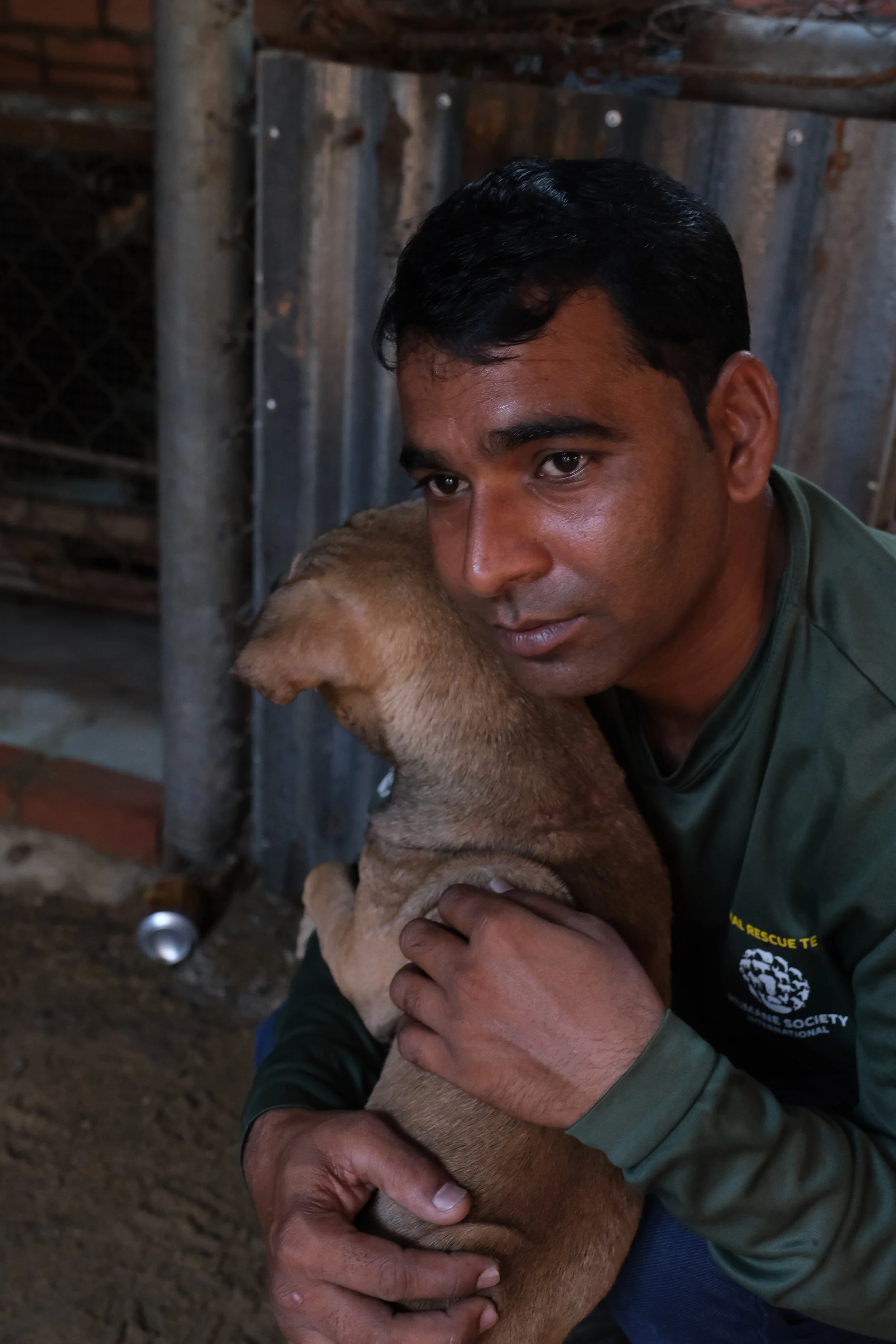
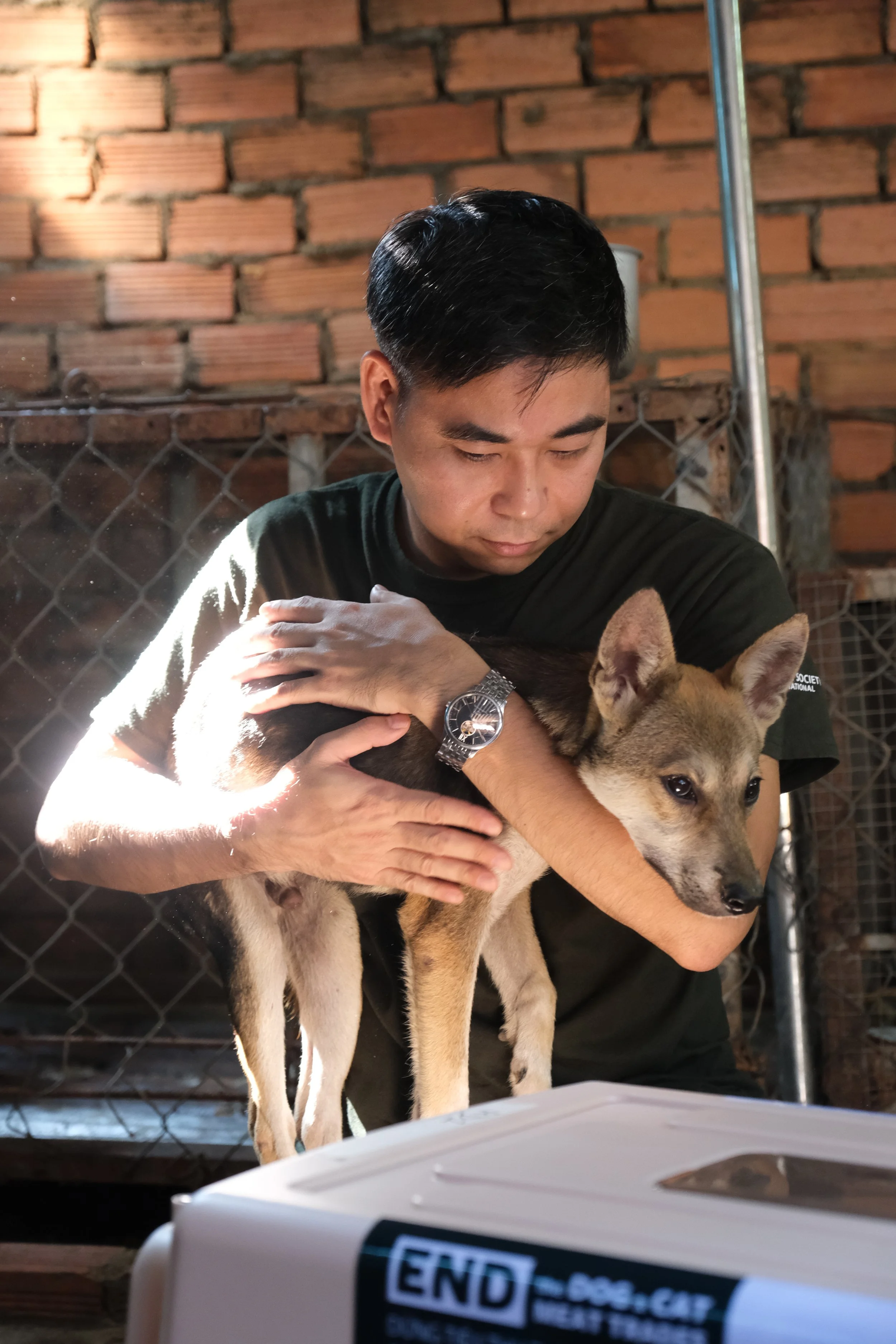
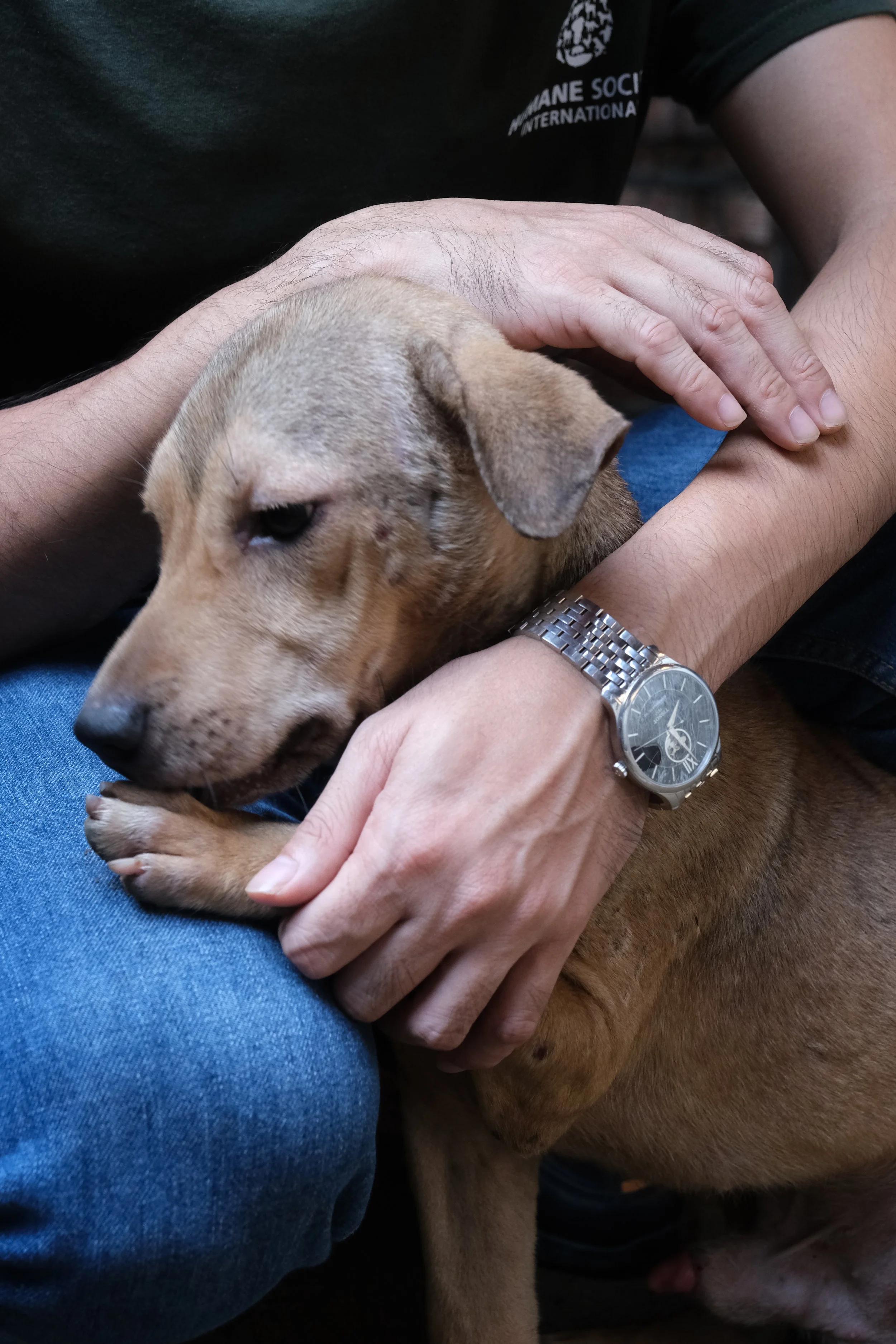
Short film commissioned by Portray Stories (Indonesia), documenting Vietnam’s wind power sector | BTS & Visual Dossiers

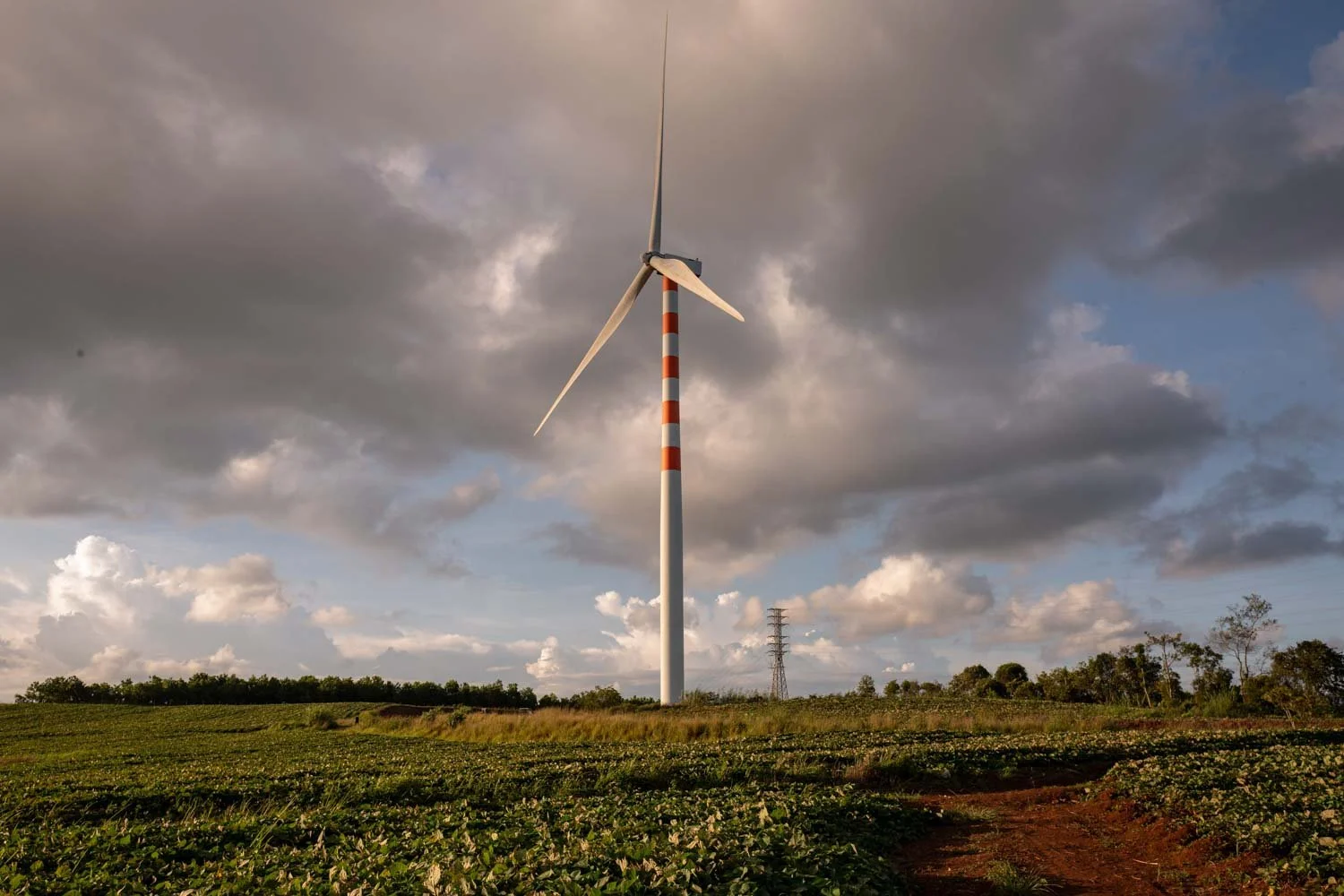
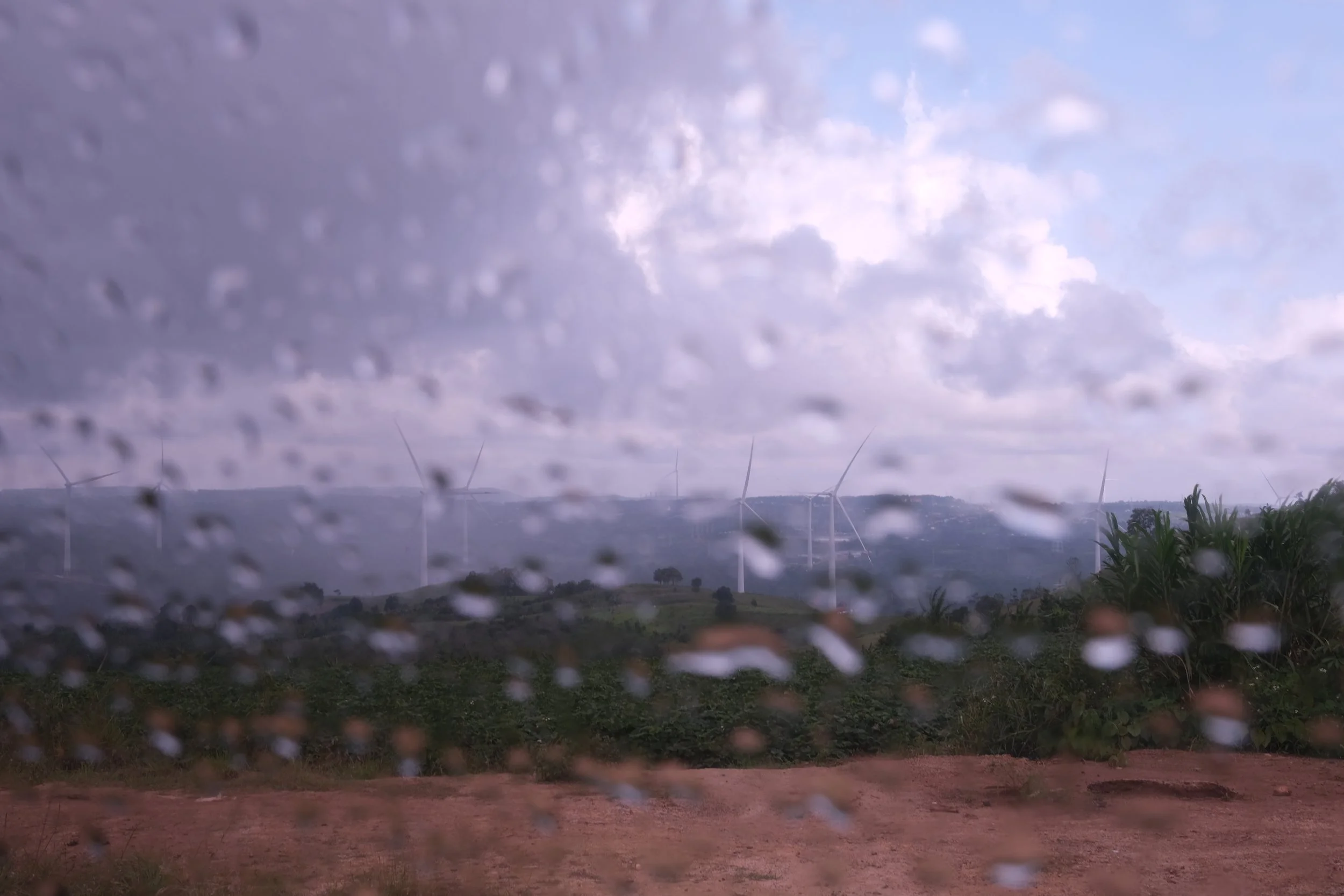
‘Downstream the River’ – Short Documentary commissioned by Varan Vietnam | BTS & Visual Dossiers


